React Lesson 9: Homework Lesson 8
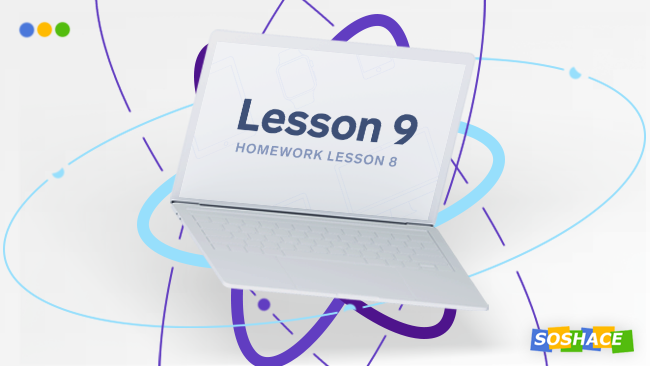
Hey all! Today we will start our lesson with your home task and see what data should be kept in store and what -- in the state of the components.

Hey all! Today we will start our lesson with your home task and see what data should be kept in store and what -- in the state of the components.
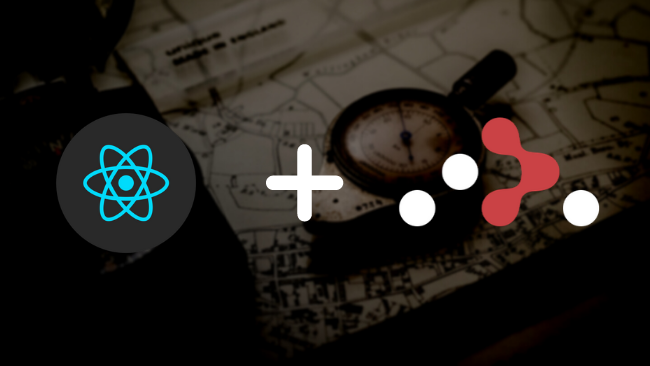
react-router is an amazing library. Here's how to create a simple app using it.
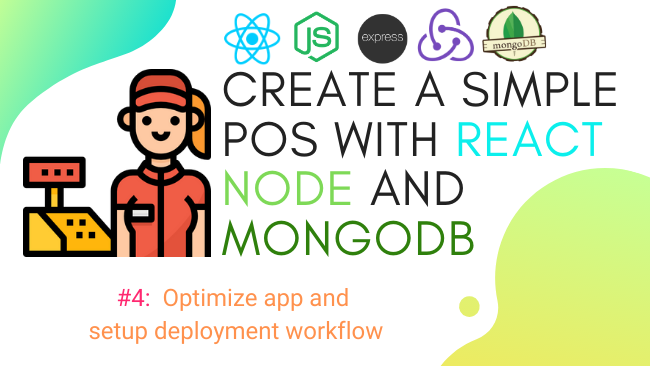
This is the list of the tasks we have to complete during this chapter: separate backend and frontend, add environment variables to the backend, add environment variables to frontend, separate to individual route, setup auto-deployment of backend and frontend through Github
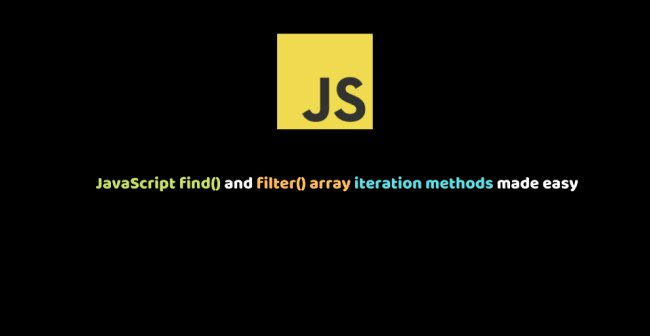
While this article will be more focused on making you understand these two array iteration methods, it will also create a fun, interesting and easy learning experience to its readers.

In this article, we're going to create the back-end for our application using Flask, and in the next part, we'll be creating the front-end using Angular.
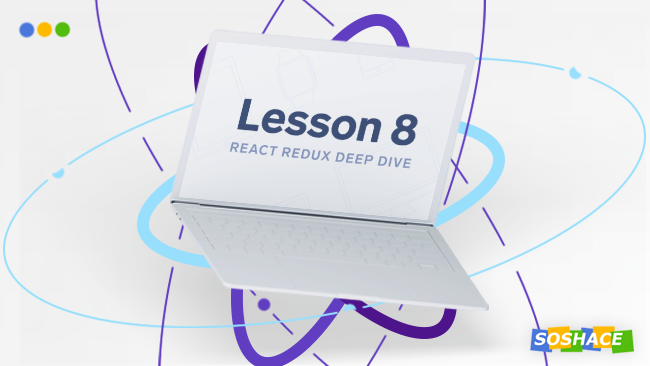
Today, we’re going to do more complicated things. We will go away from the manual description of “closure,” subscriptions, and so on. All these things are, of course, not for manual maintenance. We will learn how to do these things easily and gracefully.
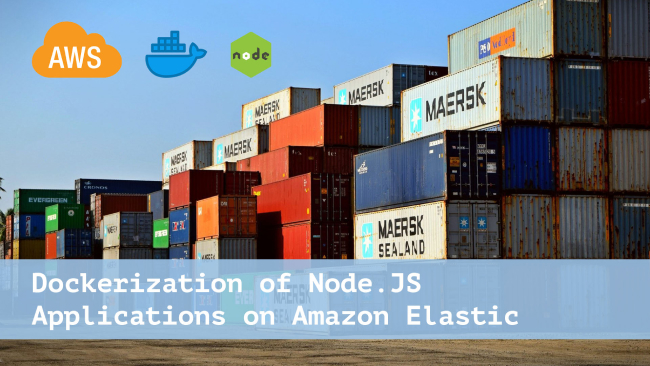
This article is about creating a critical task-based highly available and scalable NodeJS application on the Amazon Cloud with an architecture that minimizes its cost.

I share my experience on how to learn the most basic parts of Angular and TypeScript.
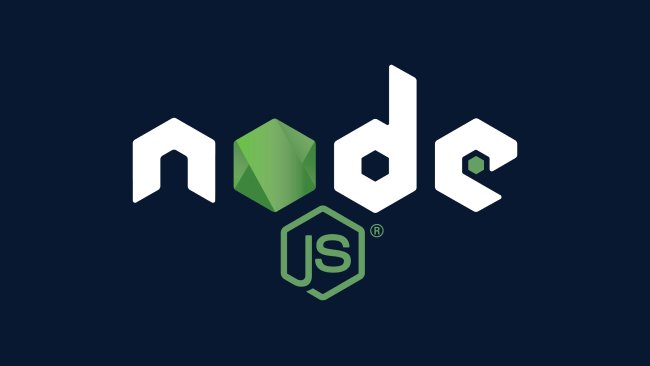
Logs contain important information about events that occur in your application. In this article, we'll look at how we can make use of the Elastic stack to visualize these logs.
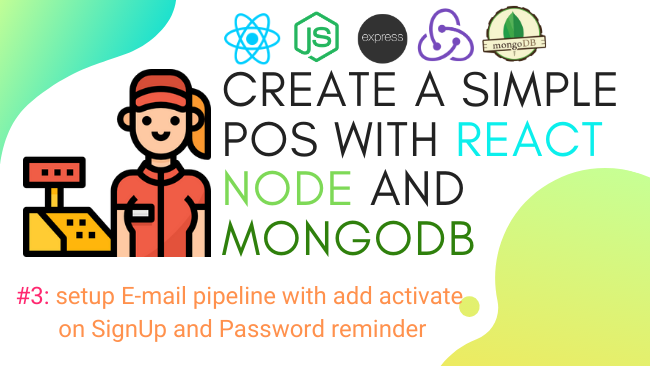
This is the third chapter of our series of developing a POS with React, Node, and MongoDB. In this chapter, we are going to set up an email service.